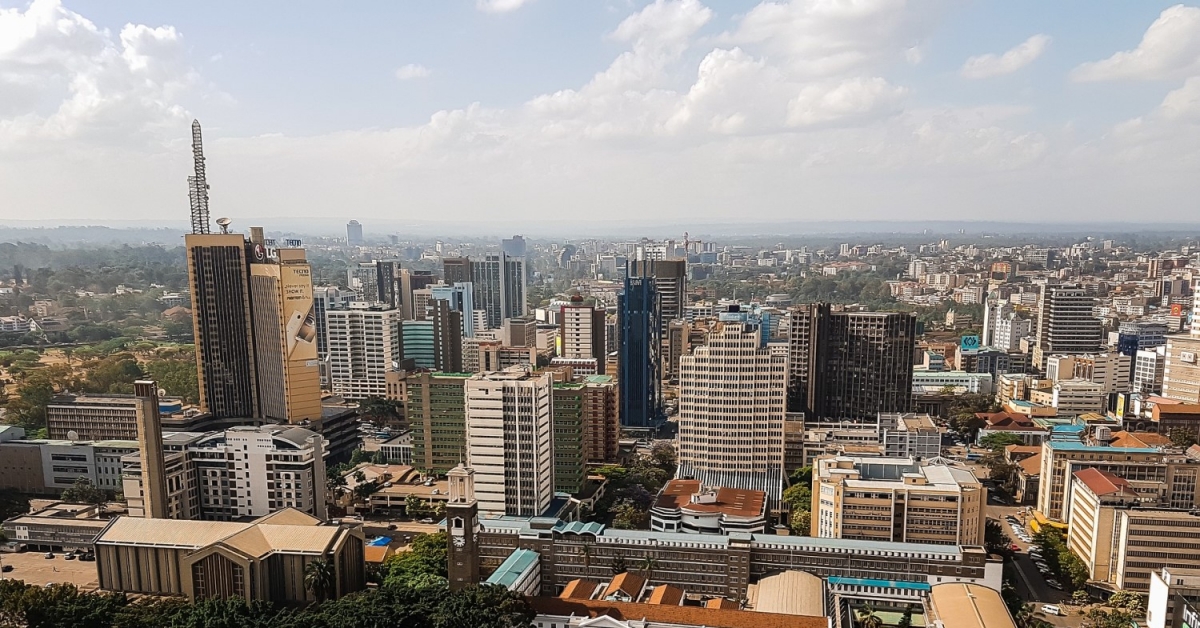What I Learned the First Time I Lost a Million Dollars
Photo by Maxwell Ridgeway on Unsplash
Jeff Dorman, a CoinDesk columnist, is chief investment officer at Arca where he leads the investment committee and is responsible for portfolio sizing and risk management. He has more than 17 years of trading and asset management experience at firms including Merrill Lynch and Citadel Securities.
“Did you look both ways?”
I recently took my 7 year old son out for a bike ride and he started to cross the street without looking. I grabbed his handlebars and shouted, “Did you look both ways?,” and he responded, “Oh, I forgot.” Fortunately, there was no traffic that day, and I was right next to him, but I explained to him that remembering to look both ways is not a luxury you can afford to forget. But looking back, I realized that I failed to remind him of that before we set out. Foolishly, I was only focused on the rewarding experience of a family bike ride in perfect weather, and momentarily lost sight of the downside risks.
When managing outside capital, the downside risks have to be top of mind. Even in a space like crypto with asymmetric upside potential, the investing mindset has to shift away from “how high can it go?” to “how low can it go?” Just like my conversation with my son, risk management is not something you can ever afford to forget.
The first time I lost a million
I was a corporate bond trader at Merrill Lynch prior to the 2008 financial crisis. Times were good on Wall Street pre-crisis. There weren’t any limits to the size of my trading book as long as I made money and nothing showed up in my risk reports that would raise red flags. The upside was a huge bonus, while the downside was simply losing my job. Trading on Wall Street was like a call option – known downside, unlimited upside.
I worked hard to understand the financials of the companies I traded, and I built a reputation in the corporate bond world as a smart credit trader. Over the course of my trading career, I made way more good investments than bad ones. Unfortunately, as a 27-year old working in a loosely managed system, I was terrible at risk management.
The first time I lost $1 million actually happened in the same week that I made $1 million for the first time. I was long the bonds of Trump Entertainment, a well known Atlantic City casino chain owned by Donald Trump. Trump was looking to sell one of the three casinos he owned and it was rumored that there was significant interest. Selling this asset would have been a credit positive for bondholders, as the cash generated from the sale would have led to a refinancing of the bonds at a price greater than where the bonds were trading. However, revenues were deteriorating rapidly in Atlantic City, especially at Trump properties. The bonds were rated “CCC,” and any standalone analysis of the Trump credit, future revenue and cash flows would have led most people to short the bonds, not own them (which many smart hedge funds did). This was the ultimate “event-driven” investment with binary outcomes.
I woke up one morning to a report in the Wall Street Journal that said the Trump Marina Hotel & Casino was going to be sold, and there was a buyer willing to pay a high enough price to validate my long thesis. The bonds I owned jumped 5 pts that day to 104% of par value. I was long $32 million bonds and had just made more than $1.4 million of paper profits. Remember when I said the only thing that drew attention on the Merrill trading desk were red flags? Well, “green flags” drew just as much attention, and suddenly people were interested in what I was trading since I had booked a large gain that day. The thing I remember most about that day, though, besides some high-fives, was that a very smart, senior trader with 20-plus years of experience leaned over to me and said, “The question isn’t ‘were you right or wrong,’ the question is ‘should you have owned that many bonds in the first place?’”
I didn’t think much of that statement at the time, because I had just made $1.4 million in my trading book, but I think about it every day since. And while I did sell some of the bonds I owned that day, I didn’t sell enough. Sure enough, later in the week, the news broke that the Trump Casino asset sale fell through, and my bonds fell ~10 pts. I lost almost $2 million that day.
In total, over the course of the week, I only lost a marginal amount of money in my trading book. But I raised a lot of green and red flags, willingly accepted a ton of unnecessary volatility, and lost a lot of sleep… for no reason.
Risk management in digital assets
When I first entered the digital assets industry in 2017, I met a lot of apparently intelligent people who boasted loudly about their investments. It seemed many people in blockchain figured out how to buy and sell, but it wasn’t evident that many had figured out how to manage risk. The common theme was large allocations to one or two digital assets, then sit back and watch them go up in a bull market. Many of these people even launched funds based on these phantom “track records.”
In March 2020, many young crypto investors learned hard lessons about risk management, discovering that managing risk is more than just downside price protection, and managing outside capital is more than just generating returns. Risk management includes operational due diligence on the venues you trade on, discipline with regard to who can trade, and independent oversight via risk committees designed to challenge position sizing.
There are no winners when crypto funds shut down, but there are important takeaways. A strategy built around trading one asset (BTC), on one Exchange (Bitmex), with high leverage may not be the most appropriate way to bring investors into this asset class. And those without formal training or experience may be better off learning from those that do, as there is no shame in being an apprentice when it comes to managing other people’s money.
Fortunately, I learned my lesson the hard way over a decade ago; a lesson that would have helped many in today’s crypto environment. I hear that senior trader’s advice from 2008 in my head every day, and apply it to every risk management decision I make. In the aftermath of that 2008 day, I even built a proprietary risk management system that was subsequently used at three hedge funds that I worked for, and we still use today at Arca. This tool is designed specifically to make sure all positions are sized according to reasonable quantitative and qualitative factors. The goal of this tool isn’t to make money, but rather, to avoid large and unnecessary losses.
The ability to stay disciplined with risk management changed my career. I always knew I had the tools required to be a successful investor, and I’ve always been convinced that I can make smart investments, but it took years to realize that the difference between good asset managers and bad ones comes down to more than just picking good investments.
Looking back, it’s clear that there are a ton of very smart, motivated, talented traders and investors in the world, and that is very true in crypto as well. But there just aren’t that many talented risk managers. It may only take 20 days to learn how to trade, and 20 months to learn how to analyze investments, but it takes 20 years and counting to learn how to manage risk.
Crypto likes to disrupt… but you just can’t disrupt experience. There is no shortcut to that.
Disclosure Read More
The leader in blockchain news, CoinDesk is a media outlet that strives for the highest journalistic standards and abides by a strict set of editorial policies. CoinDesk is an independent operating subsidiary of Digital Currency Group, which invests in cryptocurrencies and blockchain startups.








